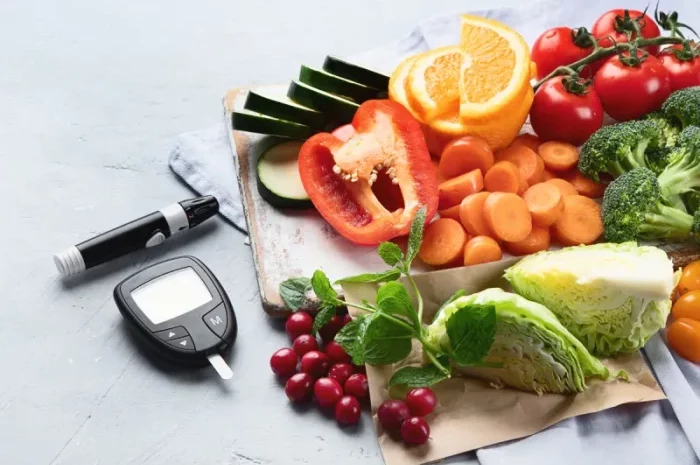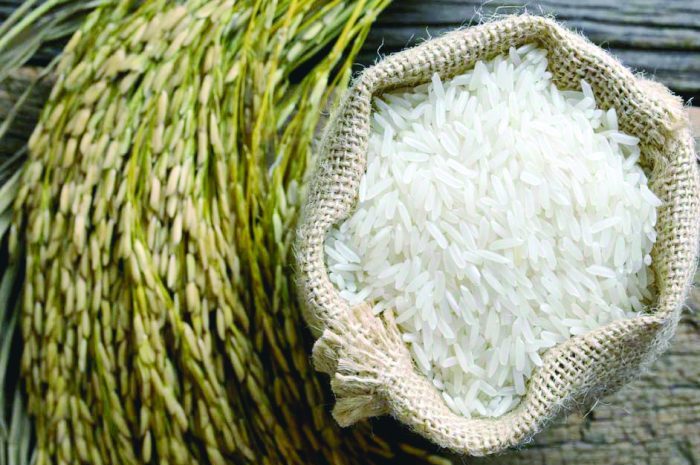For people with prediabetes, fruit can be a healthy snack when chosen wisely. Opt for low-sugar, high-fiber options like berries, apples, and pears—their fiber slows sugar absorption, preventing spikes. Sweeter fruits like oranges or peaches are okay in moderation, especially when paired with protein. Stick to whole fruits (not juice) and watch portion sizes. Test different fruits and monitor your blood sugar to find what works best for you.
Berries
Tiny but mighty, berries rank as the top fruit choice for prediabetes management. Their low glycemic index (typically 25-40) means they cause minimal blood sugar spikes while delivering powerful antioxidants. Blueberries, strawberries, and raspberries contain anthocyanins that may improve insulin sensitivity by up to 22% according to research. A 1-cup serving provides 4-8g of fiber – crucial for slowing glucose absorption. Frozen varieties retain nearly all nutrients and offer year-round availability. Pair with Greek yogurt or nuts to further blunt glycemic response.
Tart Cherries
Montmorency tart cherries demonstrate unique prediabetes benefits through their anthocyanin content. These compounds reduce oxidative stress that contributes to insulin resistance. Studies show tart cherry juice may lower HbA1c by improving glucose metabolism. The fiber content (3g per cup) helps regulate digestion. Choose unsweetened frozen or dried versions, as the concentrated juice contains higher natural sugars. Limited to 1/2 cup daily due to carbohydrate content.
Granny Smith Apples
With their crisp texture and low glycemic index (38), Granny Smith apples are ideal for prediabetes. The peel contains quercetin, a flavonoid that may protect pancreatic cells. Each medium apple provides 4.5g of fiber, including pectin which slows carbohydrate breakdown. The malic acid in these green apples helps moderate blood sugar response. Slice and pair with almond butter for balanced nutrition that prevents glucose spikes.
Kiwifruit
This fuzzy fruit contains actinidin, an enzyme that may help break down food proteins and moderate glucose absorption. Gold kiwifruit has a lower glycemic index (39) than green varieties. Two medium kiwis provide 5g of fiber and twice the vitamin C of an orange – important since vitamin C deficiency correlates with poor glucose control. The natural sugars release slowly due to the fruit’s fiber matrix. Remove seeds if digestive sensitivity exists.
Pears
Underrated for prediabetes, pears (especially Asian varieties) offer exceptional benefits. A medium pear contains 6g of fiber – more than many whole grain breads. The soluble fiber forms a gel that slows sugar absorption in the gut. The skin provides polyphenols that combat insulin resistance. Choose slightly firm pears and allow them to ripen at room temperature. Bake with cinnamon for a diabetes-friendly dessert alternative.
Grapefruit
Pink and red grapefruit varieties contain naringenin, a flavonoid that may enhance insulin sensitivity. Half a medium grapefruit has just 9g of net carbs and 2g of fiber. The water content promotes satiety while the bitter compounds help regulate appetite. Caution required with certain medications – consult your doctor. Enjoy fresh segments rather than juice to maximize fiber benefits.
Black Plums
Dark-skinned plums contain phenolic compounds that inhibit carbohydrate-digesting enzymes. The sorbitol content (a slow-absorbing sugar alcohol) results in gentler blood sugar impact. One medium plum provides 1g of fiber and only 7g of carbs. The deep purple skin indicates high antioxidant levels. Choose firm plums that yield slightly to pressure and refrigerate to prolong freshness.
Oranges
While orange juice spikes blood sugar, whole oranges offer prediabetes benefits. The membrane between segments contains valuable flavonoids and fiber that slow sugar release. One medium orange provides 3g of fiber and 100% daily vitamin C needs. The glycemic load remains low (about 5 per fruit) when consumed whole. Segment rather than juice to maintain blood sugar stability.
Peaches
When consumed with their fuzzy skin, peaches offer surprising prediabetes benefits. The chlorogenic acid in peaches helps regulate blood sugar by affecting glucose absorption. A medium peach contains 2g of fiber and has a glycemic index of 42. Choose fragrant, firm peaches and allow them to ripen at room temperature. Grill with cinnamon for enhanced flavor without added sugars.
Apricots
Dried apricots often get attention, but fresh versions are superior for prediabetes. Three fresh apricots provide 3g of fiber and only 12g of carbs. The beta-carotene content supports metabolic health while the potassium helps regulate fluid balance. The glycemic index remains low (34) when consumed fresh. Look for plump apricots with vibrant color and slight softness.
Guava
This often-overlooked fruit shines for prediabetes management. One guava contains 5g of fiber and more vitamin C than an orange. The low glycemic index (12-24) makes it exceptionally blood sugar-friendly. The seeds provide additional fiber that slows digestion. Choose fragrant guavas that yield slightly to pressure and eat the edible rind for maximum benefits.
Pomegranate Arils
While higher in natural sugars, pomegranate arils (seeds) offer unique benefits when portion-controlled. The punicalagins in pomegranates may improve insulin sensitivity. A 1/2 cup serving provides 3.5g of fiber and powerful antioxidants. The crunchy seeds help slow consumption, preventing blood sugar spikes. Sprinkle over salads or yogurt for measured portions.
Making Smart Fruit Choices with Prediabetes
It’s also beneficial to eat fruit as part of a meal rather than by itself, as the other food components help slow digestion. Most importantly, pay attention to how your body responds to different fruits, as individual tolerances can vary. By making these thoughtful choices and preparations, people with prediabetes can safely enjoy the nutritional benefits and natural sweetness of fruit while maintaining stable blood sugar levels. Remember that variety and moderation are fundamental principles for building a prediabetes-friendly diet that includes fruit.
Conclusion
Selecting the right fruits forms a crucial part of prediabetes management. Focus on low-glycemic options rich in fiber and beneficial plant compounds. Portion control remains essential – typically 1/2 to 1 cup servings depending on carb content. Always pair fruits with protein or healthy fats to further moderate glycemic response. Regular blood sugar monitoring helps identify which fruits work best for your individual metabolism. Remember that whole fruits outperform juices in every aspect of blood sugar control. By making informed fruit choices, those with prediabetes can enjoy nature’s sweetness while supporting metabolic health.



























